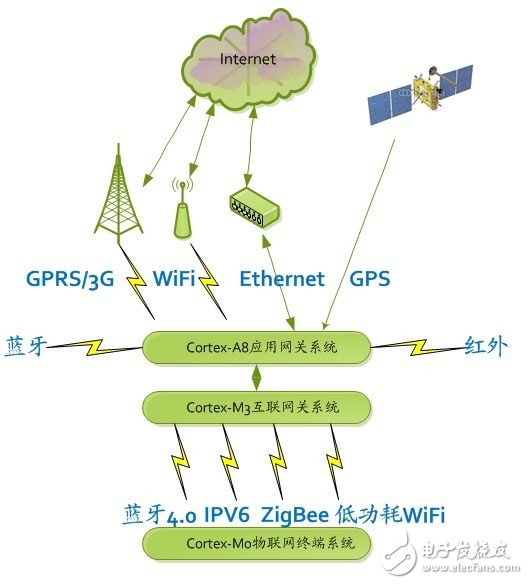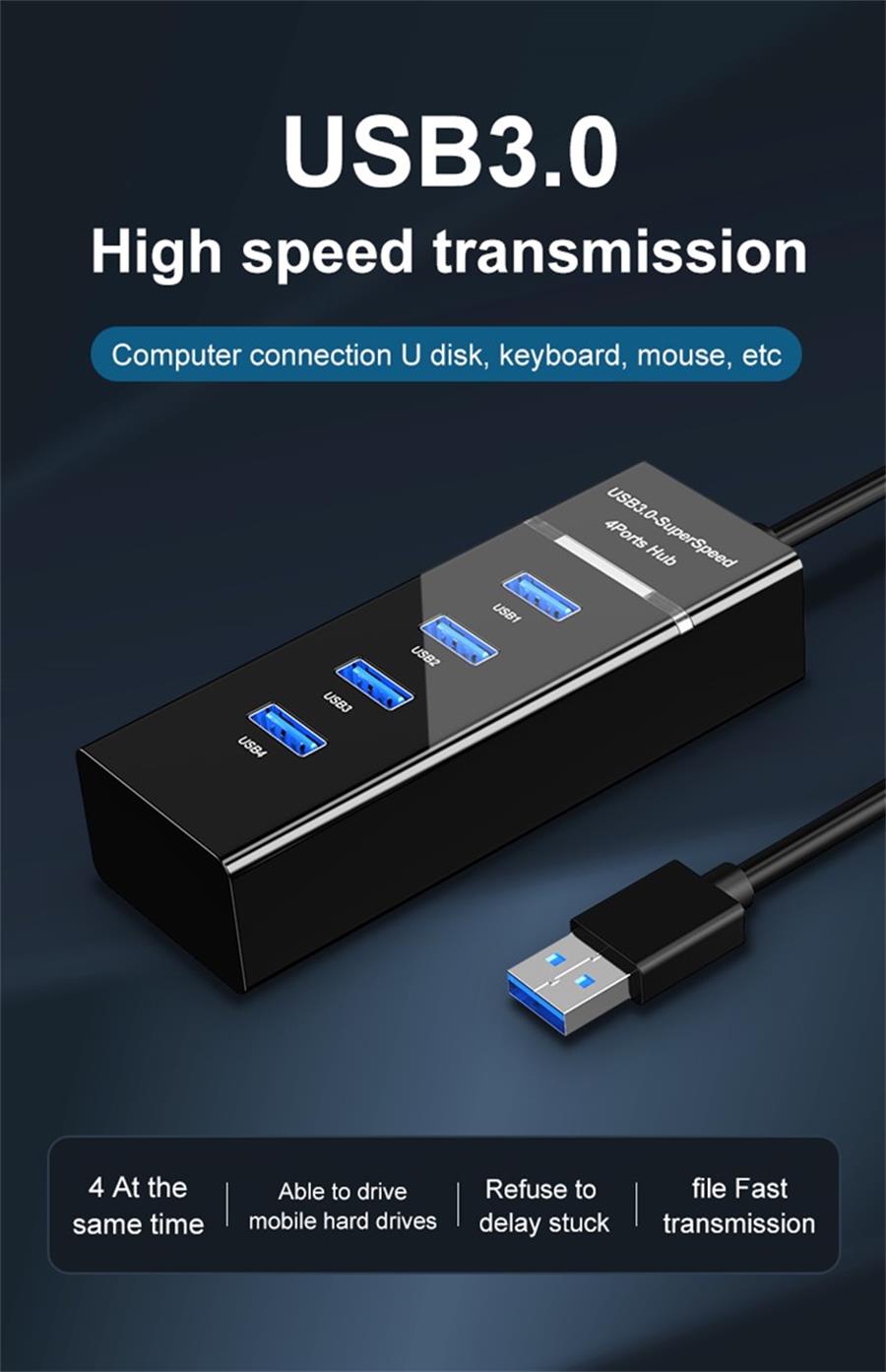If you have a little understanding of the operating system, you must have heard of Windows, OS X and even Linux, but you may not have heard of ConTIki. Today, the Internet of Things has become a hot topic, ConTIki is attracting more and more people's attention.
ConTIki is a lightweight operating system. As an open source system, it provides a platform for developers and entrepreneurs to develop widgets or gadgets for network connectivity on the Internet of Things without having to build the underlying operating systems needed for gadgets. In the past decade, it has been favored by many hackers, scholars, and companies that manufacture sensors and trackers. Developers like it because it is lightweight, free and mature. About five years ago, the Andrew Markham team at Oxford University did an interesting thing. They used ConTIki to invent a wireless network tracking system that could be used underground to study the behavior of the cockroach and solve the problem that GPS could not work underground. The problem.

The biggest advantage of Contiki is that it is very small. Linux runtime requires at least 1MB of RAM, and Contiki only takes a few kilobytes to get it. Its creator, Adam Dunkels, managed to integrate an entire operating system, including a graphical user interface, network software, and a web browser into a storage space of less than 30KB, making it a small, low-power chip on IoT devices. There is no pressure on the run.
After more than a decade of development, Contiki has begun to commercialize applications, and many consumer technology companies have begun to work with Contiki, such as the smart light bulb LiFX, and Nest's competitor Tado. Dunkels believes that the Internet of Things market is very large, with too many directions, and has great application prospects in the fields of industrial and building automation control. To support Contiki's rapidly evolving business applications, Dunkels has left his research at the University to set up Thingsquare, a startup that is dedicated to providing back-end support for cloud services for Contiki devices. The goal is to make it easier for developers to connect their hardware devices to their smartphones and networks.
Contiki will soon face competition from Microsoft, which recently released the Windows for the Internet of Things. But Microsoft's new system is not open source, it's free for devices under 9 inches, and Contiki has an eleven-year lead. In the hot environment of the Internet of Things, a good development system is a must, and I believe that more people will join this competition in the future.
USB3.0 provides a standard interface for all kinds of devices that are connected to PCS or audio/high-frequency devices.The theoretical transmission speed is up to 5Gbps. HUB is commonly known as a hub, which is used to connect multiple computers or network devices in a network using a star topology. The USB 3.0 Hubs is an upgrade of the USB 2.0 Hubs. The transmission rate of the USB2.0 is 480Mbps, and the transmission rate of the USB3.0 is 5Gbps. The maximum transmission speed is 10 times that of the USB2.0, and the transmission speed is faster.
The USB 3.0 hub provides a quick and easy way to connect all the peripherals you use on your desktop. You can connect 2 external monitors, gigabit Ethernet ports, headphones/speakers, USB printers and scanners, keyboards, mice and other peripherals with a single USB 3.0 cable to your computer for up to 5Gbit/s external storage access (10 times faster than USB 2.0). USB HUBS can do split, but not evenly. If, as the subject says, you only have two devices, and the two devices are transmitting at the same time and taking up as much bandwidth as possible, then you end up with two devices each taking up 50% of the bandwidth. Due to the fast theoretical speed of USB3.0, even if divided into four parts, the theoretical bandwidth of each port is still as high as 1Gbps, and the number of converted bytes is close to 100MB/s, which is still a very high bandwidth.

Usb 3.0 Hubs,Wireless Usb Hub,Usb C Hub For Desktop,All In One Usb C Hub
Henan Yijiao Trading Co., Ltd , https://www.yjusbcable.com